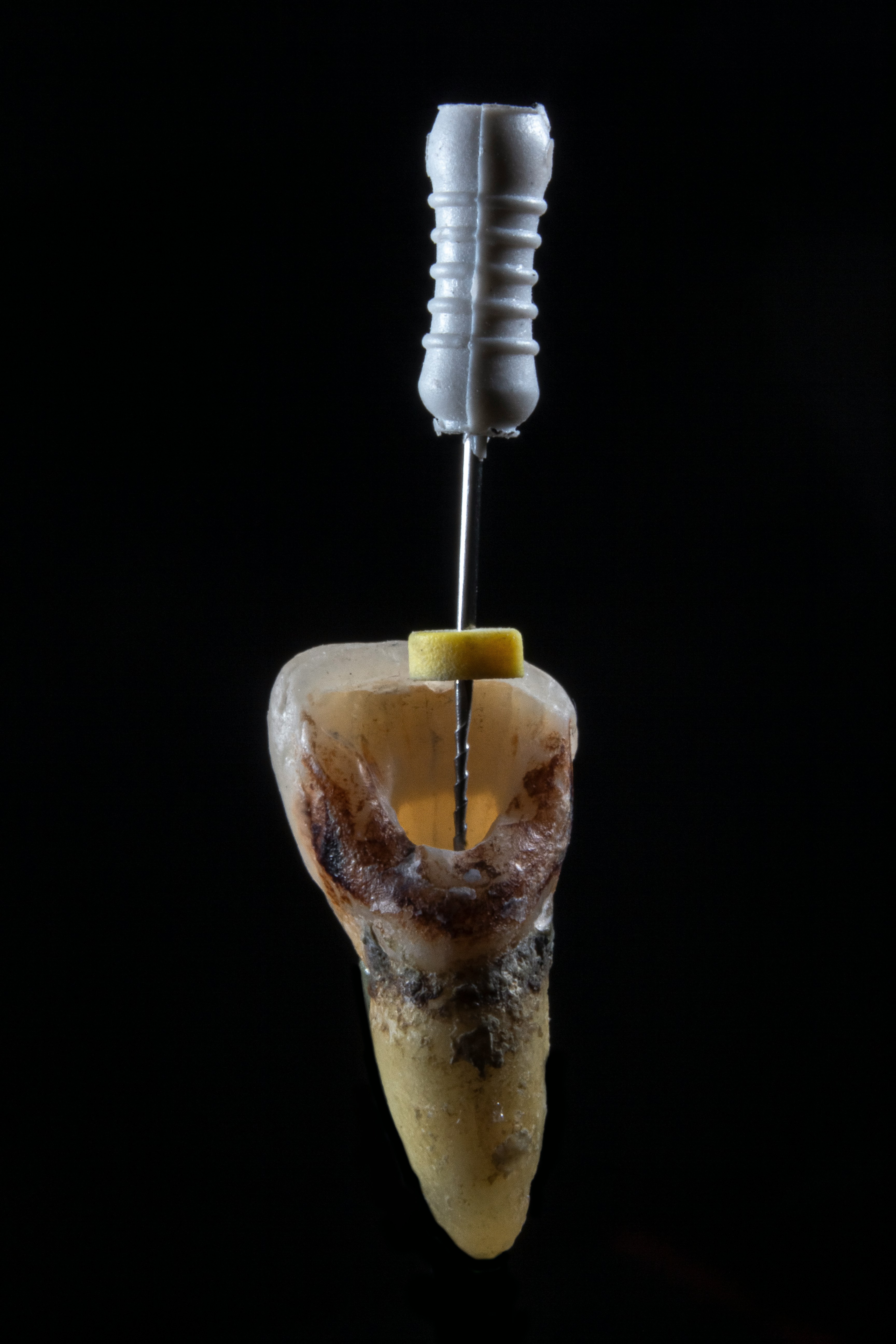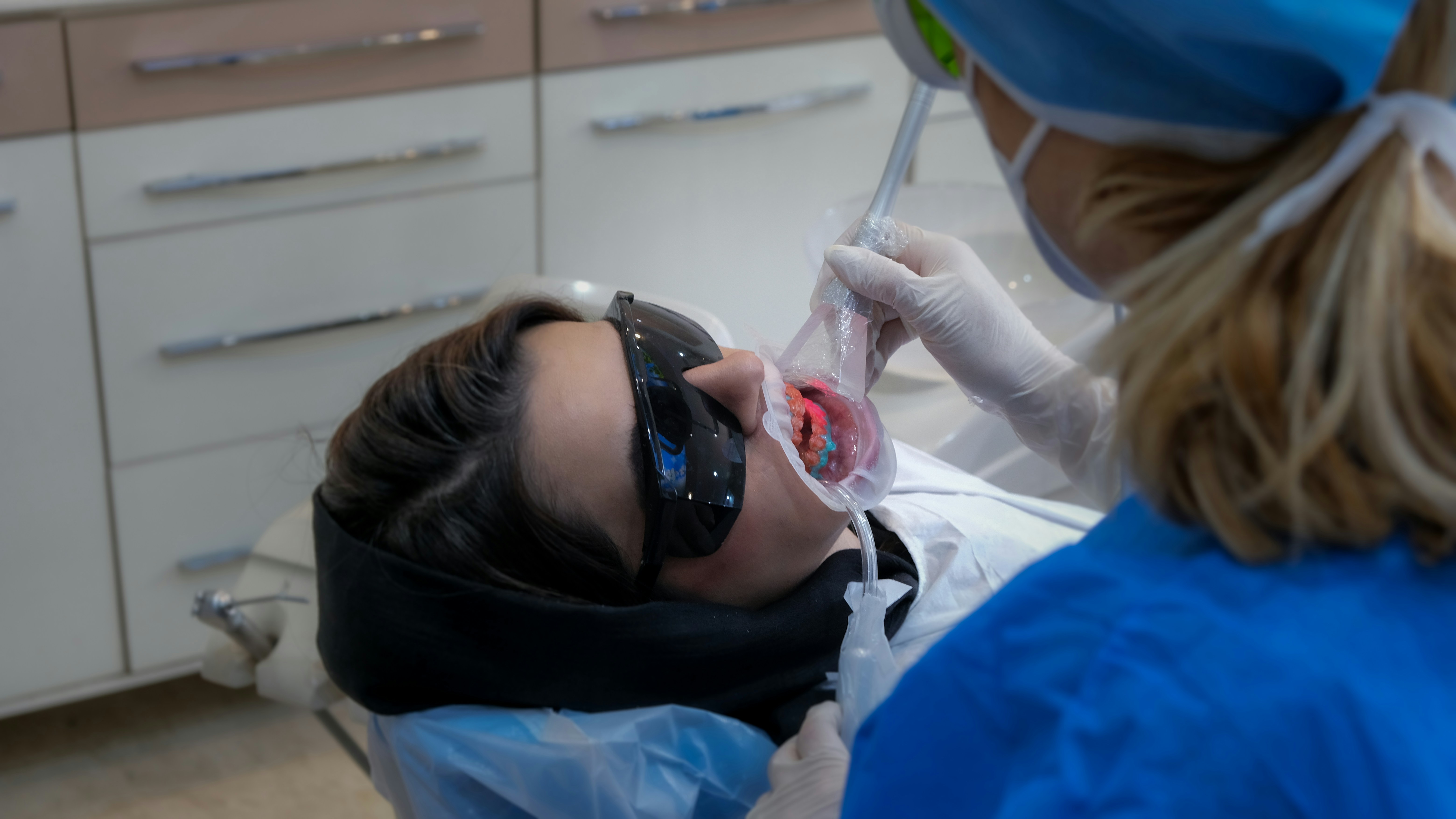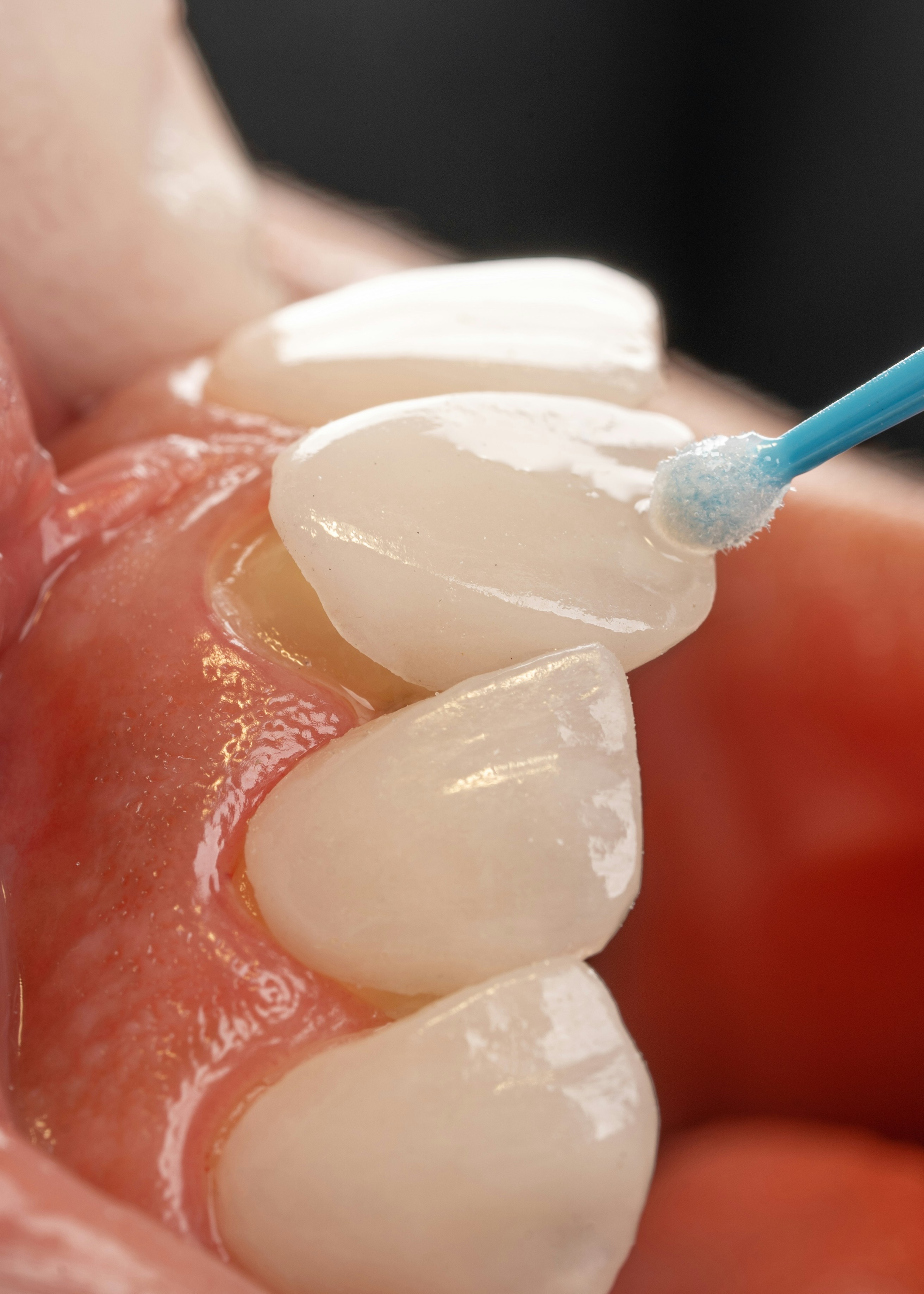Why Regular Dental X-rays are Important
Why Regular Dental X-rays are Important
Dental X-rays are a valuable diagnostic tool that help dentists see what the naked eye cannot. While a visual examination shows the surface of your teeth and gums, X-rays reveal the internal and hidden structures beneath. Many patients hesitate due to misconceptions about safety, but modern dental X-rays use minimal radiation and provide essential insights for preventive care.
Understanding why dental X-rays matter can help you stay proactive about your oral health and prevent minor issues from becoming serious problems.
What Are Dental X-rays?
Dental X-rays are images of your teeth and surrounding structures captured using low-dose radiation. They show areas below the gumline, inside teeth, and the jawbone, allowing dentists to detect issues early.
Why Are Regular Dental X-rays Important?
1. Detect Problems Early
X-rays help identify issues that are not visible during a routine exam, such as cavities between teeth, early-stage decay, or infections. Early detection means simpler, less costly treatment.
2. Monitor Tooth and Jaw Development in Children
For children, X-rays track how teeth are growing, whether permanent teeth are erupting properly, and if there’s a chance of crowding or alignment issues.
3. Spot Hidden Dental Issues
X-rays reveal problems such as impacted teeth, cysts, tumors, bone loss, and abscesses—conditions that could lead to serious health complications if ignored.
4. Guide Treatments Accurately
Whether you need a root canal, braces, implant, or wisdom tooth extraction, X-rays provide essential information that ensures safe and effective treatment planning.
5. Check Bone Health
They help evaluate the jawbone structure and detect bone loss, often linked to gum disease or missing teeth.
Are Dental X-rays Safe?
Modern dental X-rays use very low radiation, significantly lower than older methods. Digital X-rays further reduce exposure, making them safe for children and adults. Dentists also use protective aprons and shields for added safety.
How Often Should You Get Dental X-rays?
The frequency depends on your age, dental health, and risk factors. As a general guideline:
- Children: Once every 6–12 months
- Adults with good oral health: Every 1–2 years
- Patients with ongoing dental issues: As advised by the dentist
Types of Dental X-rays
- Bitewing X-rays: Show decay between teeth and bone levels.
- Periapical X-rays: Capture the entire tooth, from crown to root.
- Panoramic X-rays: Provide a full view of the mouth, jaw, and sinuses.
- Occlusal X-rays: Show the floor of the mouth or roof of the mouth, mostly for children.
Final Thoughts
Regular dental X-rays are essential for early diagnosis, preventive care, and efficient treatment planning. They allow dentists to monitor changes over time and ensure your teeth, gums, and jaw remain healthy.
At Gargi’s Dental Care, Kolkata, we use advanced digital X-ray technology for safe, precise, and comfortable diagnosis. Schedule your appointment today and stay one step ahead with proactive oral care.
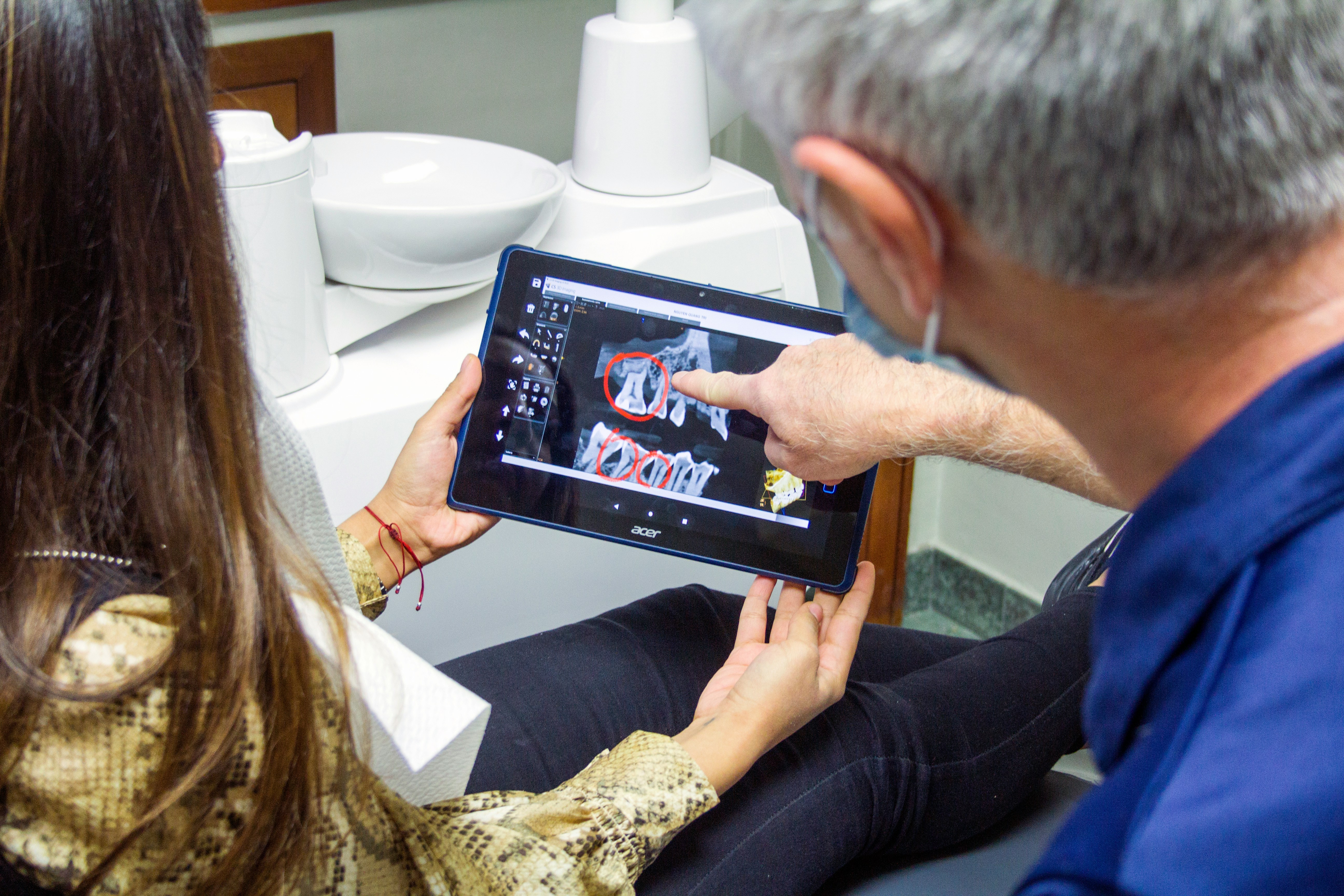

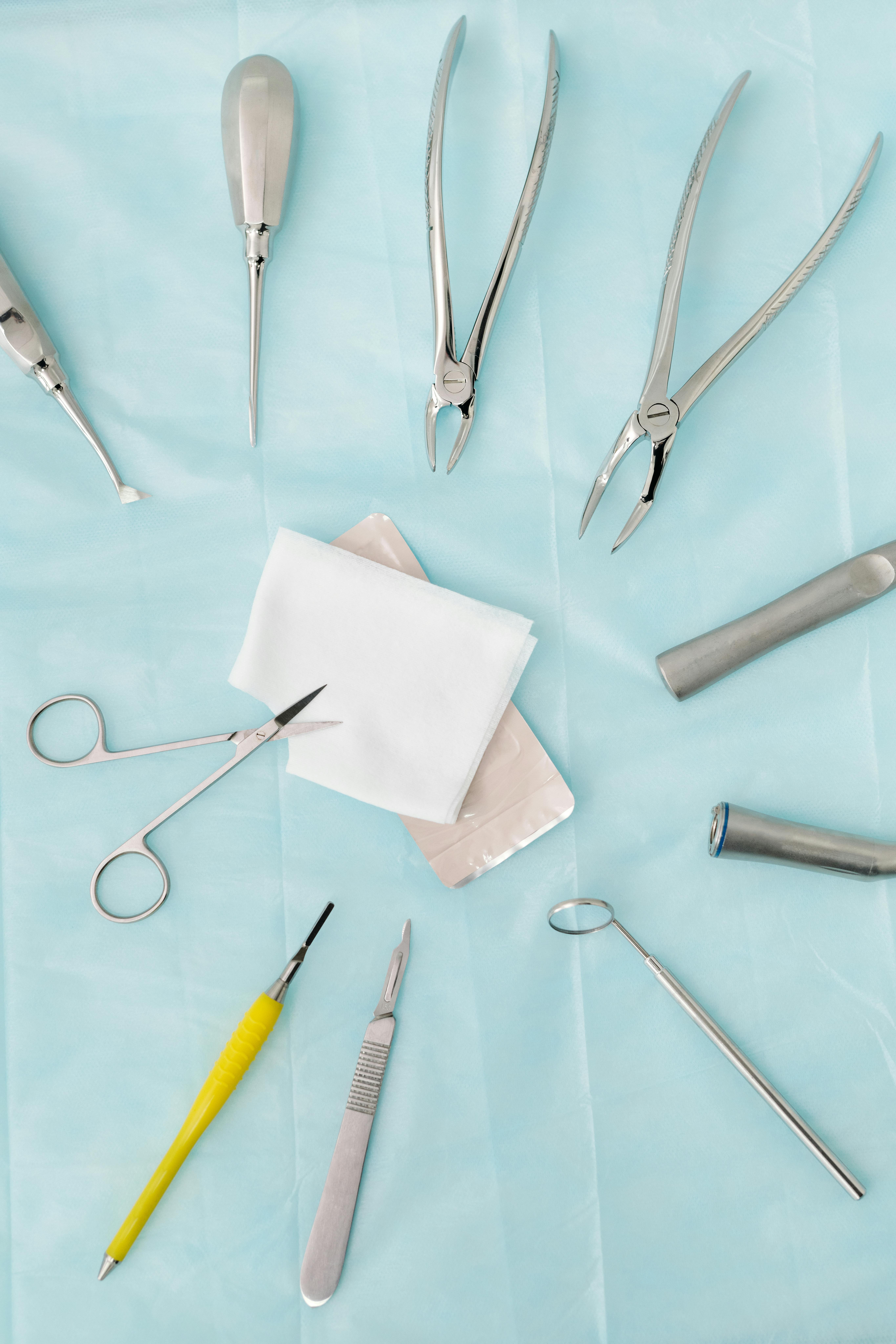
.jpg)
